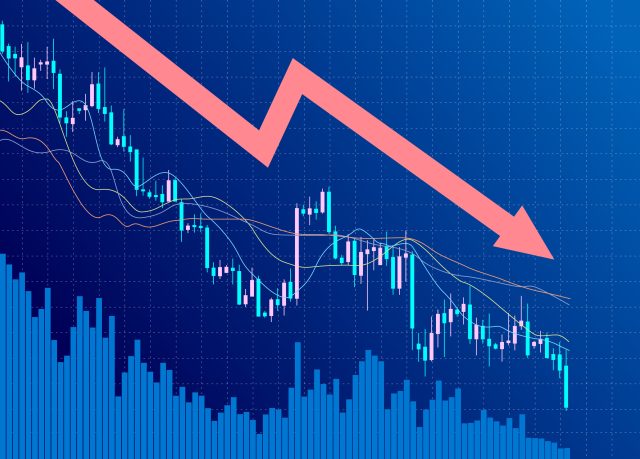This website uses cookies so that we can provide you with the best user experience possible. Cookie information is stored in your browser and performs functions such as recognising you when you return to our website and helping our team to understand which sections of the website you find most interesting and useful.
Fine wine slows down amid ‘challenging’ global economic outlook
The fine wine market is facing a slowdown, a new report from Liv-ex has warned, with all indices in decline in June. This stand in contrast to the gains seen across the major financial markets – a trend reflected in the year-to-date figures.

According to Liv-ex, its benchmark Liv-ex 100 index, which tracks the 100 most-traded fine wines on the secondary market, has seen a 6.1% drop since the start of the year, while the Liv-ex Fine Wine 50, which monitors the price of First Growths, has dropped by 5.2%. The broadest measure of the market, the Liv-ex Fine Wine 1000 is also down 6.8% year-to-date, it said.
Meanwhile The Champagne 50 recorded a “significant” decrease of 10.3% in the year to date, while the Rhône 100 faced the largest decline in June of around 3.1%. This year has seen a “substantial” drop of 15%, making it the poorest performer of the year so far.
The report pointed out the “significant challenges” to the global economy, notably the rise of inflation in major economies, which it said “added to the complexity of the current economic landscape”.
For example the United States if facing a potential recession, while market speculation has contributed to increased volatility, Europe has continued to see a turbulent environment with interest rates raised to their highest level in 20 years, and the UK still grappling with curbing inflation. Meanwhile China is facing faltering consumer confidence and a slowdown of growth.
Against this backdrop, there has been a positive performance for the S&P 500, up 16.3% year-on-year, and the Dow Jones Industrial, up 10.7%, compared to the declining fine wine market. However both the Hang Seng index and Crude oil saw even poorer performances.
Key regions
During the quarter, the Bordeaux 500 and Bordeaux Legends 40 suffered with the Liv-ex Bordeaux 500 down 1.6% this quarter and the Bordeaux Legends 40 down by 2%, matching the year-to-date declines of 3.5% and 4.7% respectively.
However, Bordeaux remained in pole position in terms of value sales, accounting for 41.6% of the total trade, up from 37.3% in the first quarter, and ahead of the 2022 average (35.1%). Demand was driven by Europe and the USA, Liv-ex said.
Things were positive for Tuscany too, with the region accounting for 7.8% of total trade by value, up from the 6.9% average during 2022, although Burgundy’s movement was very slight, with market share increasing 0.5 percentage points, to 23.8%.
Champagne, the Rhône, Piedmont, the USA and wines in the ‘others’ category recorded declines in their trade shares.
Related news
Eminent Greek winery founder dies aged 82
Sherry Week celebrates gastronomic potential of historic wines
Spain 'needs to learn how to market our fine wines', producer claims

